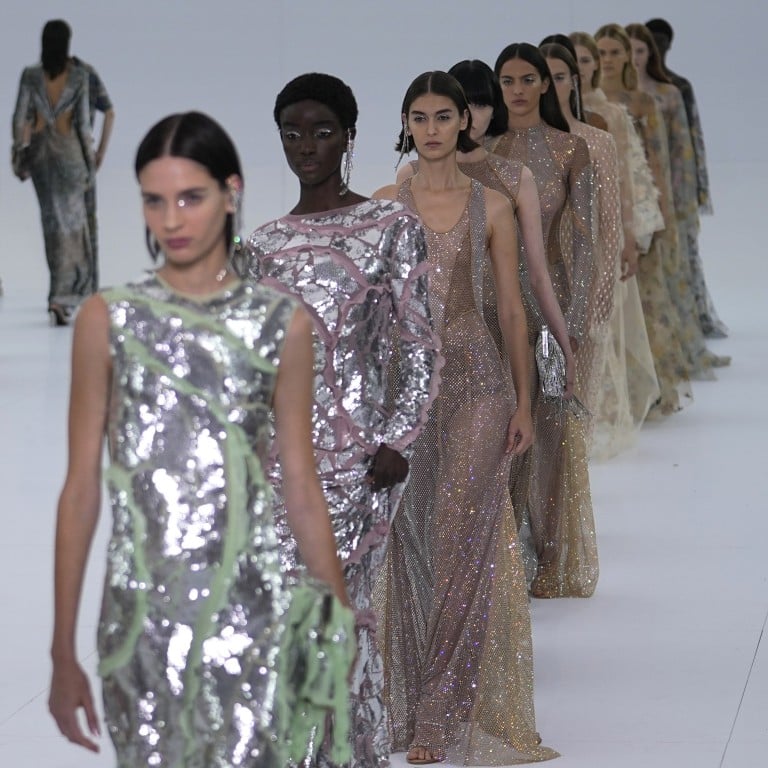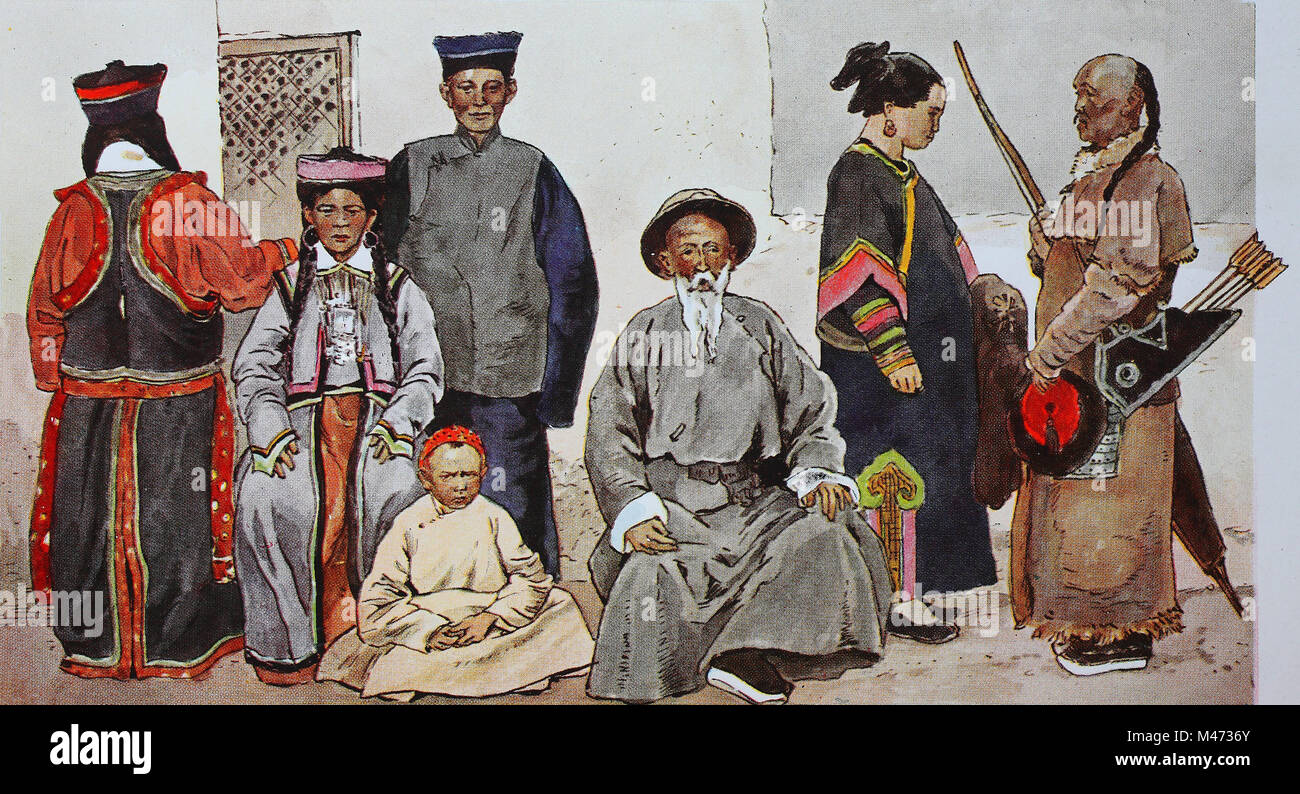Exactly How to Style Eastern Wear Pakistan Clothes for Contemporary Elegance
Wiki Article
Unlock the Secrets of Ageless Eastern Wear
Exploring the enigmatic realm of ageless Eastern wear explores a realm where culture, background, and creativity assemble to produce garments that transcend mere fabric and thread. The detailed tapestry of custom intertwined with contemporary components supplies a peek right into a globe where every stitch tells a story, every concept a sign of relevance. Introducing the keys behind these productions introduces a tapestry of heritage waiting to be untangled, welcoming one to journey with the spiritual elegance and aura of Eastern fashion.Background of Eastern Fashion
The background of Eastern fashion days back centuries, mirroring the rich cultural heritage and traditions of diverse areas across Asia. Each area flaunts its special styles, materials, and layouts that have actually been affected by aspects like climate, religious beliefs, social condition, and trade courses. eastern wear pakistan. The elaborate silk garments of China symbolize elegance and refinement, while the dynamic saris of India showcase a kaleidoscope of patterns and shades.In Japan, the kimono has actually been an icon of practice and refinement for generations, with different designs worn for various celebrations. The hanbok in Korea stands for the nation's ingrained customs and is still used throughout important ceremonies. The history of Eastern fashion is a tapestry of development and tradition, mixing old exercise with modern-day impacts to develop a dynamic and ever-evolving industry. Understanding the beginnings of these renowned garments provides insight right into the cultural relevance and workmanship that continue to influence contemporary designers worldwide.
Relevance of Conventional Attire
Traditional clothes works as a social symbol, personifying the values, ideas, and heritage of communities in Eastern societies. eastern wear pakistan. These garments are not simply pieces of fabric however are symbolic depictions of the abundant history and customs gave with generations. In Eastern cultures, conventional attire plays a substantial function in ceremonies, celebrations, and every day life, mirroring the social status, local affiliations, and also marital condition of peopleThe value of traditional clothes goes past looks; it is a means for people to link with their origins and share satisfaction in their cultural identity. Each garment, from the complex sarees of India to the moving hanboks of Korea, lugs with it a narrative of craftsmanship, significance, and meaning that is deeply deep-rooted in the material of society.
Moreover, typical clothes offers as an aesthetic language, connecting stories of victory, resilience, and unity. By putting on these garments, people not just honor their heritage yet likewise add to the preservation and party of their social heritage.
Development of Eastern Embroideries
Eastern needleworks have an abundant background that extends centuries and have constantly advanced to integrate varied social influences and react to moving creative fads. The development of Eastern needleworks can be traced back to ancient civilizations where detailed styles were hand-stitched onto fabrics utilizing typical strategies.
Today, Eastern needleworks proceed to evolve, mixing conventional workmanship with modern-day layout perceptiveness to create timeless items that commemorate the charm of multiculturalism and artistic advancement.
Elegant Fabrics in Eastern Put On
Elegant fabrics play a critical role in boosting the aesthetic allure and high quality of Eastern wear, boosting the overall attraction and refinement of traditional garments. Eastern wear is renowned for its extravagant materials that not just mirror the region's rich social heritage but also signify elegance and grace.Along with silk, textiles like chiffon, brocade, and velour are additionally commonly featured in Eastern wear. Velour brings a regal and deluxe feel to conventional sets, while brocade, with its elaborate patterns and metal strings, adds a touch of majesty. Chiffon, on the various other hand, is preferred for its light-weight have a peek at this website and ventilated high qualities, making it a prominent choice for flowing silhouettes and fragile decorations. These glamorous fabrics not just raise the visual allure of Eastern wear however additionally make sure a feeling of refinement and sophistication that transcends time.
Incorporating Eastern Fashion Today
In modern fashion landscapes, the combination of Eastern affects offers an unified blend of cultural heritage and modern-day aesthetics. Developers and fashion fanatics alike are accepting the rich tapestry of Eastern fashion, including conventional aspects into modern-day silhouettes and designs. From detailed embroidery to vivid shades and glamorous fabrics, Eastern style today provides a varied array of options that cater to a worldwide target market.One method Eastern style is making its mark in modern closets is with the adjustment of traditional garments such as the bathrobe, saree, or qipao right into daily wear. These pieces, as soon as scheduled for unique celebrations, are now reimagined in even more informal types, enabling for their incorporation right into daily fashion options. Furthermore, using standard patterns and concepts in Western-style clothing adds a touch of unique sophistication to modern-day attire.

Conclusion
To conclude, exploring the abundant history, importance, and advancement of Eastern fashion introduces an ingrained link to heritage and worths. The elegant fabrics check my site and intricate needleworks of Eastern wear showcase the adaptability and timelessness of conventional styles. Including Eastern influences in contemporary style enables a blend of tradition and advancement, creating an unified balance between the past and the existing.Glamorous textiles play an essential duty in boosting the aesthetic charm and top quality of Eastern wear, improving the total attraction see it here and refinement of traditional garments. Developers and fashion enthusiasts alike are embracing the rich tapestry of Eastern style, integrating standard aspects right into contemporary silhouettes and styles. From elaborate embroidery to vivid shades and glamorous fabrics, Eastern fashion today uses a diverse range of alternatives that cater to an international audience.
One means Eastern fashion is making its mark in contemporary wardrobes is via the adaptation of standard garments such as the robe, saree, or qipao into daily wear. The extravagant textiles and intricate embroideries of Eastern wear display the versatility and eternity of typical styles.
Report this wiki page